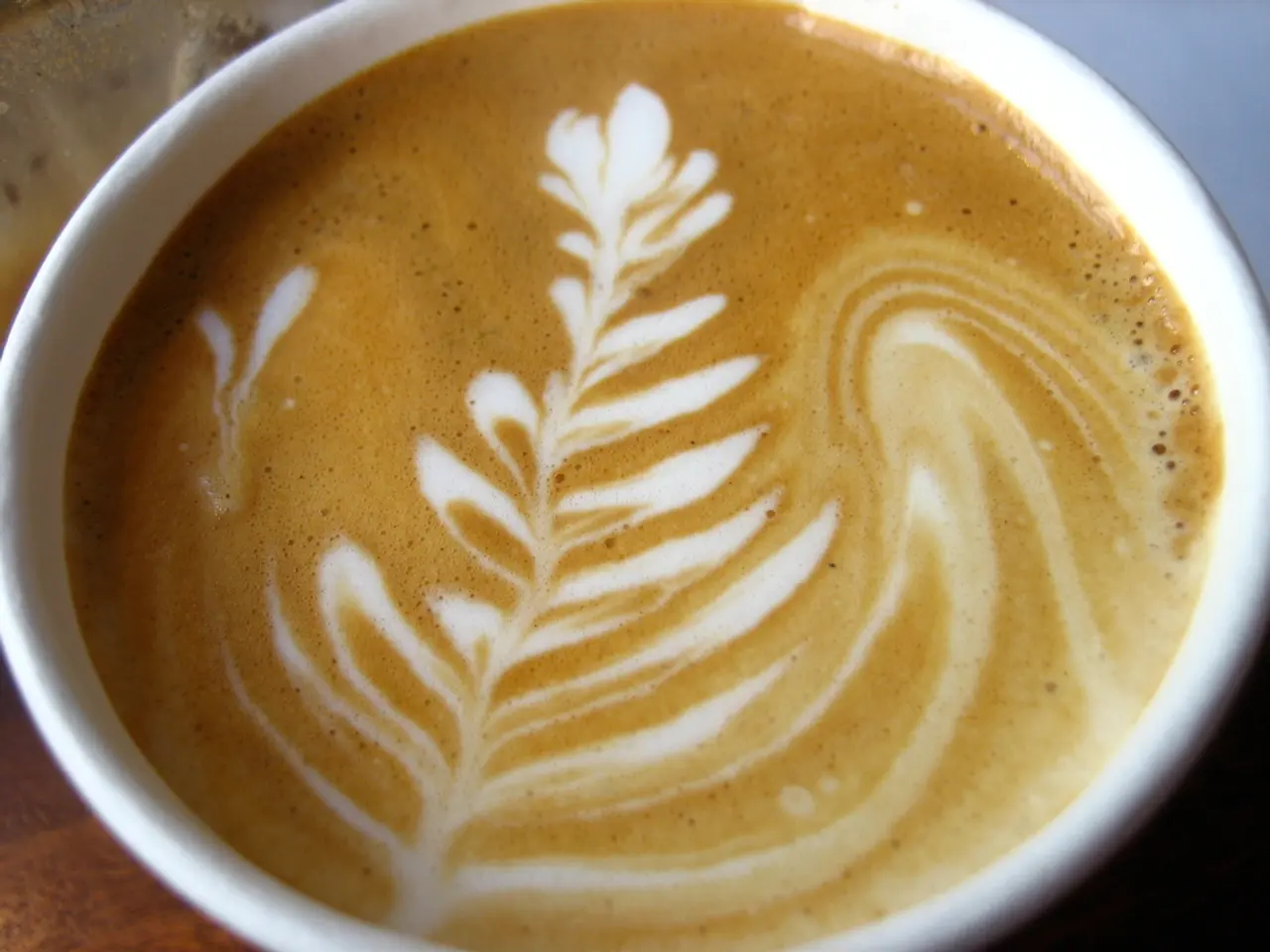Guide for Homemade Thinning of Acrylic Paint
Artistic exploration and skill development often involve experimenting with various techniques, and one such technique is thinned paint application. This practice can help broaden your artistic repertoire and enhance your artistic techniques.
In the realm of acrylic paint, thinning is an essential aspect for achieving more transparent layers, which is crucial for various painting styles. Proper storage, application, and techniques are crucial to ensure the best results.
### Thinning Methods
Thinning acrylic paint can be achieved through three primary methods: using water, acrylic mediums, or a combination of both.
1. **Using Water**: Adding water to your acrylic paint is a simple method, but it requires careful consideration to maintain the paint's integrity. Start by adding small amounts of water and test the consistency on a spare surface before applying it to your artwork.
2. **Using Acrylic Mediums**: These mediums are specifically designed to thin acrylic paint while maintaining its color and properties. Common mediums include matte medium, gloss medium, and glazing medium. Choose a medium based on the desired finish and effect.
3. **Combining Water and Mediums**: For a more tailored approach, you can mix water with acrylic mediums to achieve the desired consistency and effect.
### DIY Acrylic Paint Thinner Recipes
Creating your own acrylic paint thinner allows for control over the ingredients, eliminating the need for additives or chemicals found in commercial products. Here are two simple recipes:
- **Basic Thinning Recipe with Water**: Mix 1 part acrylic paint with up to 1 part water. Start with a smaller amount of water and adjust as needed. - **Thinning with Mediums**: Generally, a 1:1 ratio of paint to medium is a good starting point, but adjust based on the desired consistency and effect.
### Application Techniques
Different application techniques may require varying paint consistencies. Here are some popular techniques and how thinning can help:
- **Brushwork**: Use a wet-on-wet technique by applying thinned paint to wet layers of paint to achieve smooth blending. - **Spraying or Misting**: For a more textured, atmospheric effect, use a spray bottle to apply thinned paint in a fine mist. - **Sponging or Stamping**: Apply thinned paint using sponges or stamps for unique textures and patterns. - **Glazing**: Apply multiple thin layers of transparent paint to deepen colors or achieve a luminous effect.
### Tips for Thinning Acrylic Paint
- **Test on a Sample Surface**: Always test the thinned paint on a spare surface to ensure the desired consistency and color. - **Work in Thin Layers**: Apply paint in thin layers to prevent cracking and ensure even drying. - **Use a Palette or Tray**: Mix paint and mediums on a palette or tray to prevent contamination and make cleanup easier.
### Reviving Dried Paint
If your acrylic paint has dried out, consider using a rehydrating medium like Revive Dry Paints. This can help restore moisture and fluidity without the need for new paint.
Remember, wearing gloves while working with paint and thinner helps protect your skin, and maintaining proper ventilation in your workspace is crucial when working with acrylic paint and thinners. Using soap and water for removing acrylic paint from hands and surfaces is recommended.
With these methods, recipes, and application techniques, you're well-equipped to thin your acrylic paint at home and achieve the desired consistency and effect in your artistic projects. Happy painting!
In addition to the techniques mentioned, thinned paint application can expand your artistic repertoire to include various drawing styles as well. For instance, utilizing thinned paint with a brush can create smooth blending effects similar to watercolor or charcoal drawings, while applying thinned paint with a sponge or stamp can produce interesting textures reminiscent of printmaking. Moreover, the use of thinned paint allows for home-and-garden projects, such as creating decorative murals or elaborate DIY home decor items, as the technique can be scaled up effectively.




